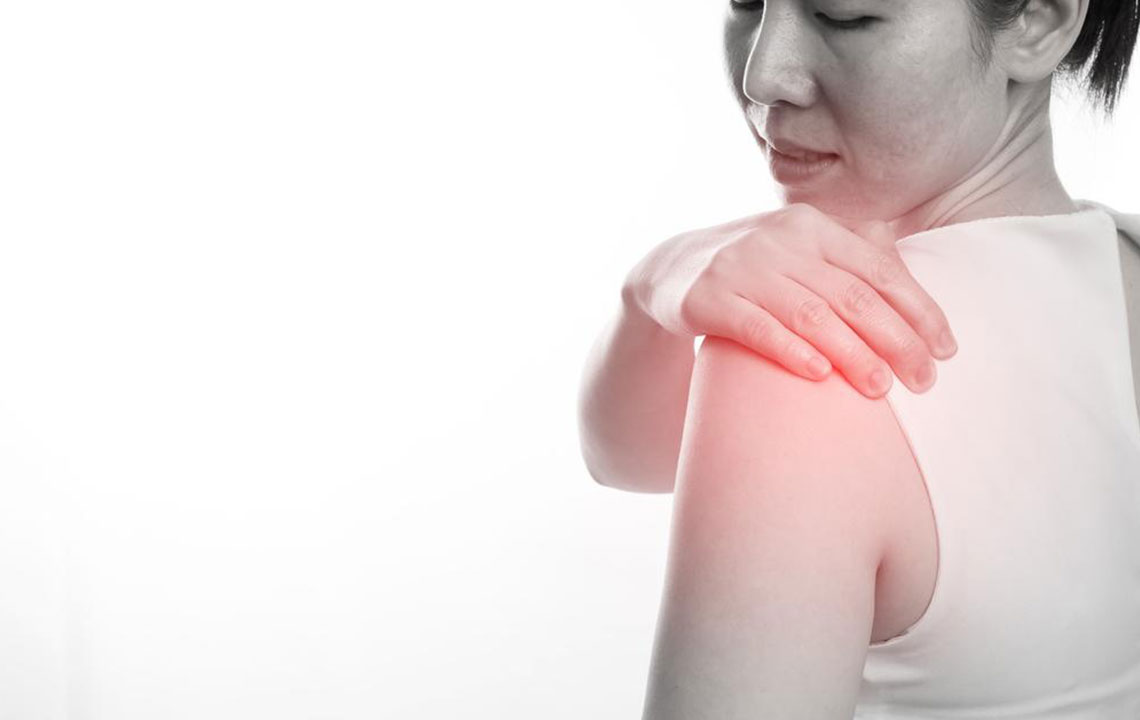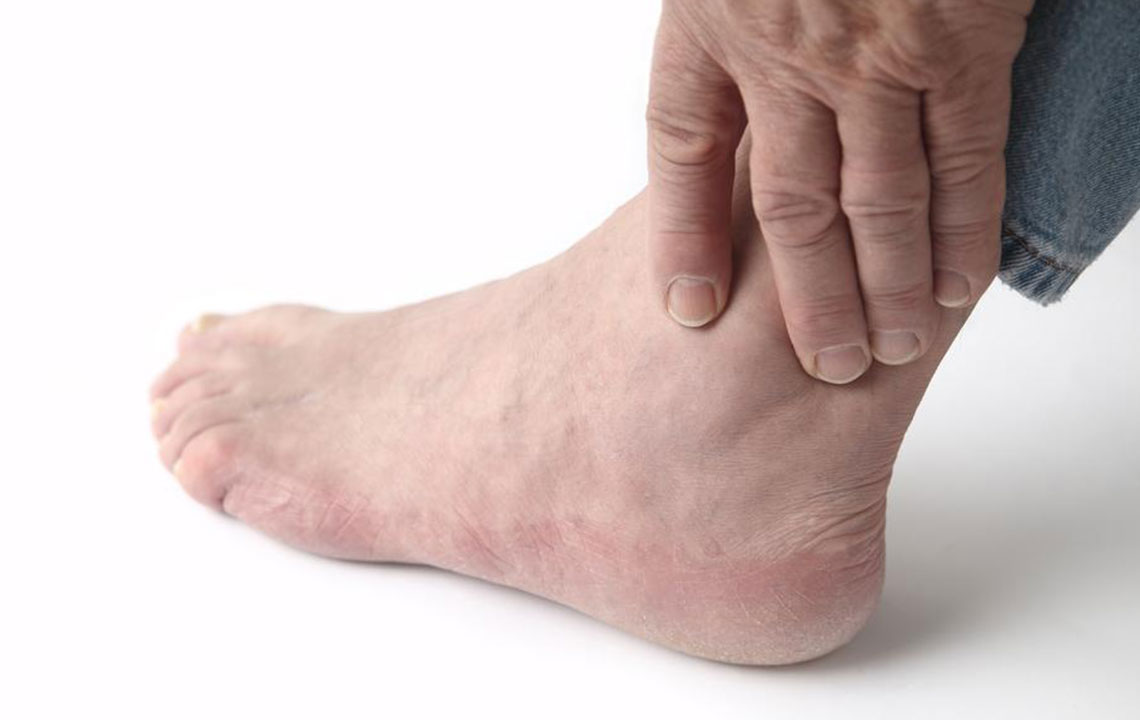Effective Approaches to Relieve Shoulder Rotator Cuff Pain and Prevent Further Damage
This comprehensive guide explores effective methods to alleviate shoulder rotator cuff pain, emphasizing early diagnosis, treatment options, and preventive measures. Learn how to manage discomfort through therapy, home remedies, and lifestyle changes, and discover when surgical intervention might be necessary to restore shoulder health and prevent further injury.

Effective Approaches to Relieve Shoulder Rotator Cuff Pain and Prevent Further Damage
The rotator cuff is a vital group of muscles and tendons that play a key role in stabilizing the shoulder joint and facilitating a wide range of arm movements. This complex structure allows us to perform tasks requiring lifting, throwing, and rotating the arm with agility and precision. However, injuries to the rotator cuff are common, particularly among athletes, manual workers, and older adults, leading to discomfort, weakness, and restricted motion if not addressed properly. Recognizing the severity of rotator cuff injuries early on is essential to prevent long-term damage and to determine the most appropriate treatment plan.
The rotator cuff comprises four main muscles—supraspinatus, infraspinatus, teres minor, and subscapularis—whose tendons blend to form a cuff around the shoulder joint. These tendons are vulnerable to injury due to overuse, trauma, or degeneration over time. Shoulder injuries range from mild strains and inflammation to severe tears that can compromise shoulder stability and function. These injuries often result in intense pain, swelling, and a noticeable decrease in strength and range of motion, significantly affecting daily activities and quality of life.
Understanding the risk factors can help individuals take preventive measures. People involved in physically demanding activities such as weightlifting, construction work, or sports like basketball and baseball face higher risks. Additionally, natural aging processes can cause the tendons to become less elastic and more prone to tears. Repetitive overhead movements, poor posture, and inadequate conditioning can accelerate the wear and tear of the rotator cuff.
Initial symptoms of rotator cuff injury typically include sharp or dull shoulder pain, which may radiate down the arm, along with a persistent aching sensation. Patients often experience difficulty lifting or reaching overhead, weakness when attempting specific movements, and discomfort that worsens at night, especially when lying on the affected side. Recognizing these symptoms early can facilitate timely medical intervention, preventing progression to more severe injuries requiring invasive procedures.
Diagnosis generally involves a thorough physical examination by a healthcare professional, who assesses shoulder strength, range of motion, and specific tender points. To confirm the diagnosis and evaluate the extent of injury, imaging tests such as X-rays, magnetic resonance imaging (MRI), or ultrasound are commonly employed. These modalities help visualize soft tissue injuries, including tendon tears and inflammation, allowing for accurate assessment and tailored treatment planning.
Conservative treatment is often effective for minor rotator cuff injuries and includes anti-inflammatory medications to reduce pain, physical therapy designed to improve shoulder strength, flexibility, and stability, and lifestyle modifications to avoid aggravating activities. Home remedies play a crucial role in pain management: applying ice packs to decrease inflammation, performing prescribed exercises to maintain mobility, and avoiding strenuous movements that might worsen the injury. Techniques like acupuncture and therapeutic massage can also promote healing and reduce discomfort.
For cases involving significant tears or persistent symptoms despite conservative measures, surgical intervention may become necessary. Surgical options include minimally invasive arthroscopic repair, in which damaged tendons are reattached, or open surgery for extensive repairs. Postoperative rehabilitation is vital to regain full shoulder function, emphasizing gradual strengthening and flexibility exercises following surgery.
Preventive strategies are equally important. Maintaining good posture, engaging in regular shoulder-strengthening exercises, avoiding repetitive overhead motions without proper technique, and ensuring adequate rest after physical exertion can significantly reduce injury risks. Proper warm-up routines before sports or heavy work and ensuring ergonomic work environments contribute to long-term shoulder health.
In conclusion, shoulder rotator cuff injuries are common but manageable conditions when diagnosed early and treated appropriately. Whether through conservative therapies or surgical procedures, prioritizing early intervention and consistent rehabilitation can restore shoulder function, ease discomfort, and prevent future injuries. If you experience persistent shoulder pain, weakness, or limited mobility, consult a healthcare professional promptly to determine the best course of action for your specific condition.





